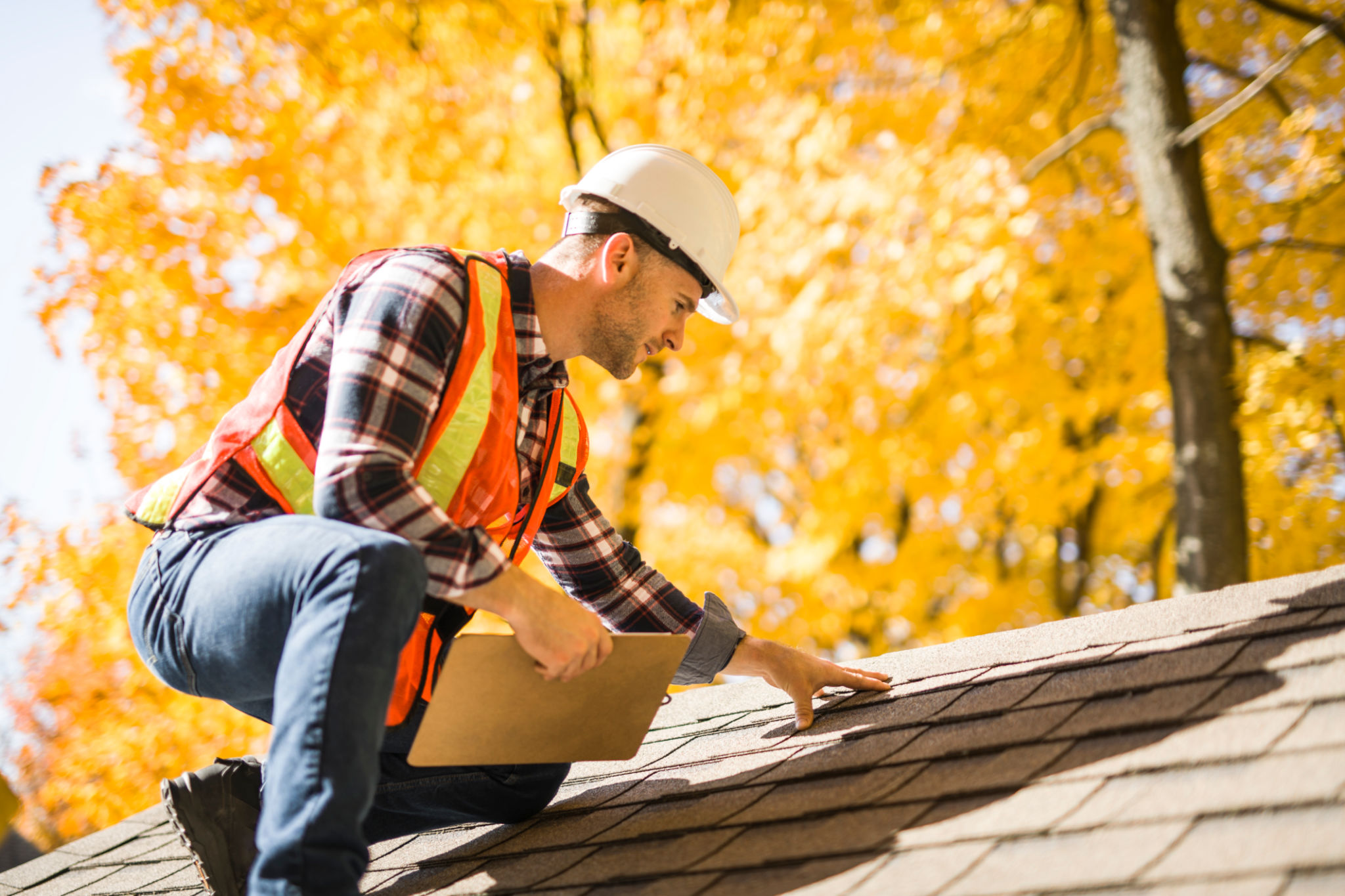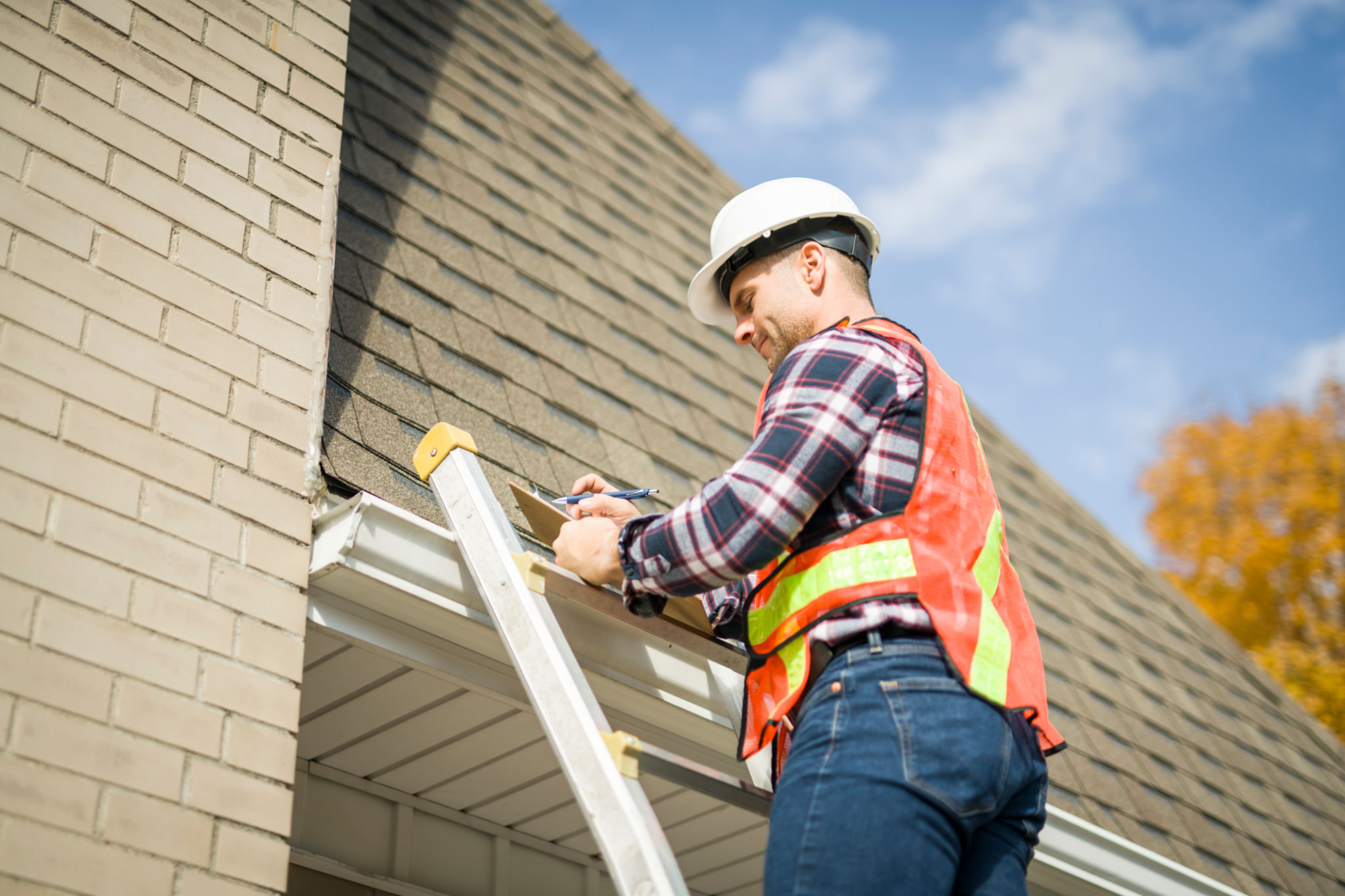DIY Roof Inspection: Spotting Issues Before They Become Problems
Introduction to DIY Roof Inspection
Conducting a DIY roof inspection is a proactive step every homeowner should consider. By regularly inspecting your roof, you can spot potential issues early, preventing costly repairs and extending the lifespan of your roof. This guide will walk you through the essential steps to effectively inspect your roof.

When to Inspect Your Roof
It's crucial to know when to carry out a roof inspection. Ideally, you should inspect your roof twice a year, once in the spring and once in the fall. These seasons offer optimal weather conditions for a thorough inspection. Additionally, it's wise to check your roof after major storms or extreme weather events.
Safety First: Preparing for Your Inspection
Before you begin your inspection, prioritize safety. Ensure you have a sturdy ladder and wear slip-resistant shoes. It's also advisable to have a partner assist you during the process. Never attempt to inspect your roof during wet or windy conditions.

Tools You'll Need
Having the right tools can make your inspection more effective. Here is a list of essential items:
- Ladder
- Binoculars
- Camera or smartphone
- Notebook and pen
- Flashlight
Exterior Roof Inspection
Start by examining the exterior of your roof. Begin with a general overview, looking for obvious signs of damage such as missing shingles, sagging areas, or moss growth. Use binoculars to get a closer look at parts of the roof that are hard to reach.

Check for Shingle Damage
Shingles play a critical role in protecting your home from the elements. Look for cracked, curled, or missing shingles. Pay special attention to areas around chimneys and vents where damage is more likely to occur. If you find damaged shingles, consider replacing them promptly.
Gutters and Downspouts
Your gutters and downspouts are integral to your roof's health. During your inspection, ensure they are clear of debris and properly attached. Blocked gutters can lead to water damage and leaks.

Interior Roof Inspection
Don't forget to inspect the interior of your roof from the attic. Look for signs of water damage, such as stains on the ceiling or walls. A flashlight can help you spot dark spots or mold growth indicating leaks.
Check Insulation and Ventilation
Adequate insulation and ventilation are vital for preventing moisture buildup and keeping your home energy-efficient. Ensure that there are no signs of moisture or mold around insulation materials, and check that vents are unobstructed.
Conclusion: Taking Action on Findings
After completing your inspection, compile a list of any issues you discovered. Decide which problems can be addressed with simple DIY fixes and which require professional attention. Regular inspections will not only save you money but also give you peace of mind knowing that your roof is in good condition.

